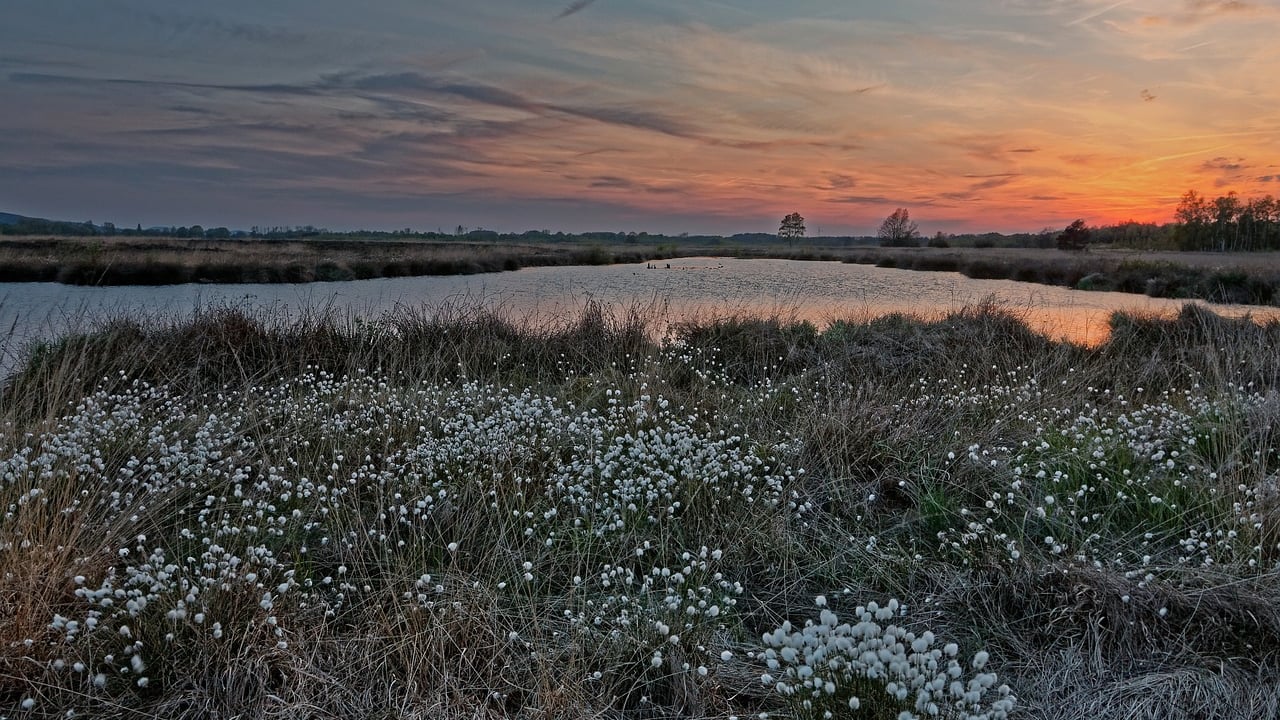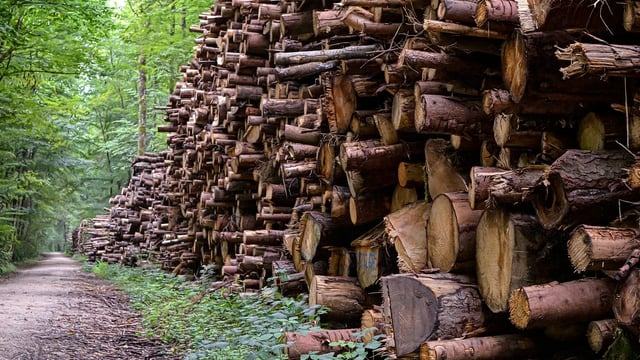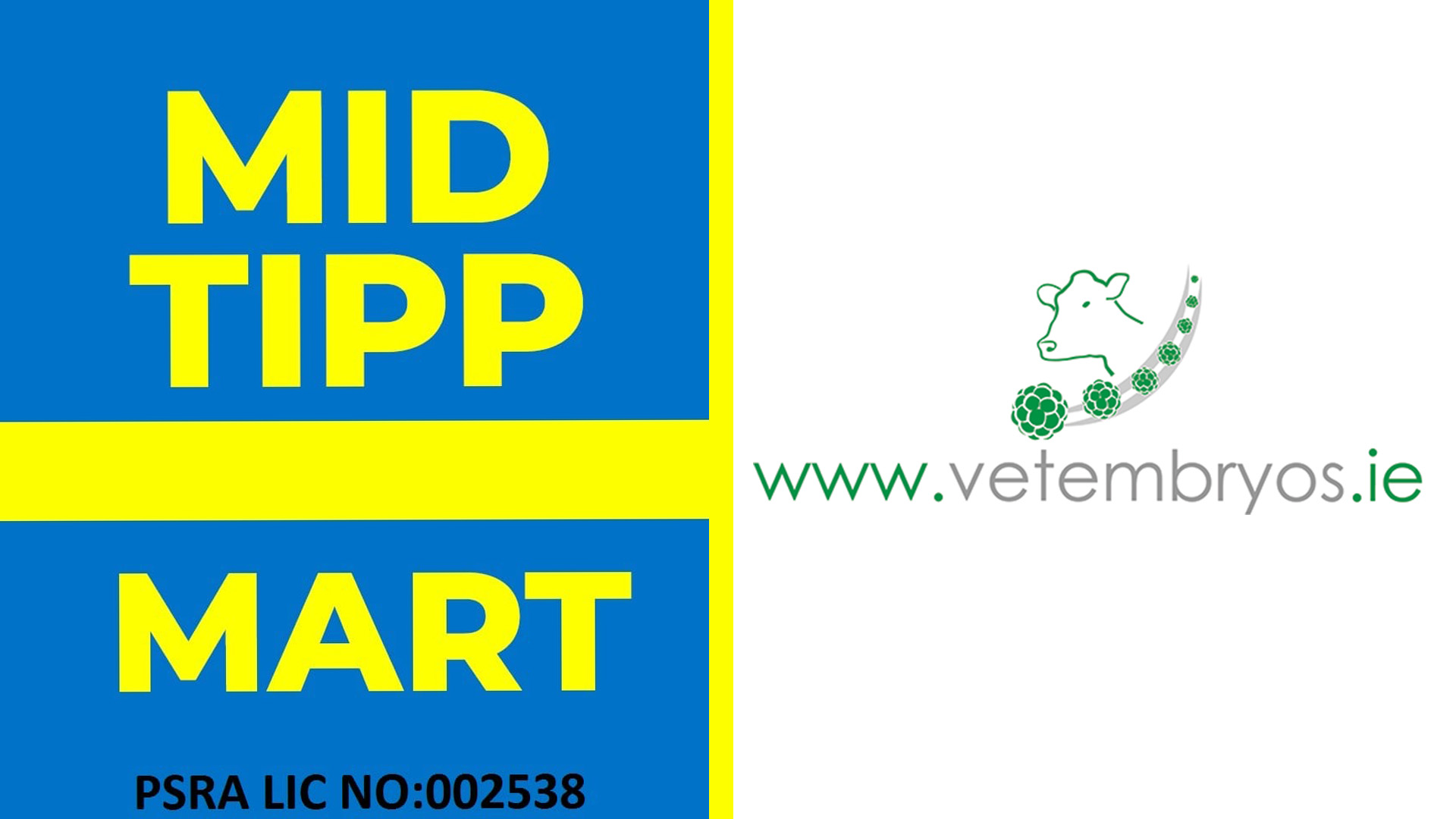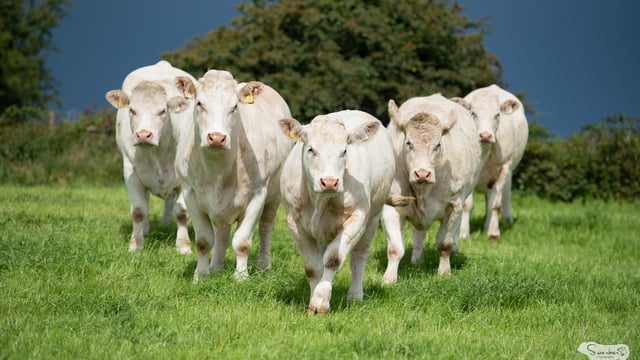Review: Ireland has 'deficiencies' in designation of Natura 2000 sites
Ireland has "significant conservation issues in special protection areas and the wider landscape," according to a new review published by the European Commission.
The 2025 Environmental Implementation Review for Ireland notes that the country still has "deficiencies in the designation of Natura 2000 sites".
"Ireland has significant conservation issues in special protection areas and the wider landscape.
"Examples of such issues are the dramatic decline in waders, particularly the curlew and dunlin, and the insufficient protection of the hen harrier," the commission's document highlighted.
But it also highlighted that Ireland has "some good practices" including the "protection of blanket bog habitats".
It pinpointed what was described as "the financial instrument for the environment’s integrated ‘Wild Atlantic nature’ project and the 2024 winner in the category ‘Working together for nature’ of the European Natura 2000 Award.
"This results-based payment scheme for farmers in Ireland is a convincing demonstration of how farmers can be paid fairly and effectively to protect Natura 2000 sites and habitats," the commission said.
The 2025 Environmental Implementation Review outlines that Ireland has 59 habitat types and 60 species covered by the Habitats Directive and 42 bird species listed in the Birds Directive Annex.
The review also details that in 2023, 13.2 % of the national land area of Ireland was covered by Natura 2000, with special protection areas (SPAs) classified under the Birds Directive covering 6.2 % and SCIs under the Habitats Directive covering 10.2 % of Ireland’s territory.
Two years ago the Court of Justice of the European Union found that Ireland had failed to ensure that all its Special Areas of Conservation (SAC) had been formally designated and that objectives had been set for all sites.
According to the European Commission while Ireland has already made significant progress in formally designating the SACs and defining conservation objectives, the important part of the judgment with regard to "establishing conservation measures still needs to be implemented".
"In addition, there are still concerns about the conservation of raised and blanket bog SACs, which is the subject of an infringement procedure," it added.
In the 2024 review, the commission also examined agricultural eco-systems in Ireland and how the Common Agricultural Policy (CAP) ) for 2023–2027 supports eco-scheme payments, agri-environmental–climate payments, and results-based scheme payments.
However the commission noted that the area used for organic agriculture in Ireland is estimated to be 2.20% "which is below the EU average of 10.50%"
It also drew attention to soil degradation issues in Ireland, including the "concentration of nitrogen exceeding 50 kg/ha, which affects 46 % of the national territory, representing 79 % of total agricultural land area".
One other key factor in relation to soils and Ireland, according to the latest review, is "peatland areas experiencing degradation, affecting 12 % of the national territory, of which 62 % is on agricultural land area".
In Ireland, wetlands/peatlands are represented by eight habitat types but, according to the European Commission, they are under significant pressures from a variety of sources including agriculture and forestry.
In relation to emissions, the 2025 Environmental Implementation Review acknowledges Ireland's target for the "agricultural sector to reduce emissions by 25% by 2030, compared with 2018 levels".
But in order to achieve this, it believes Ireland needs to "increase the share of more sustainable agricultural practices".





